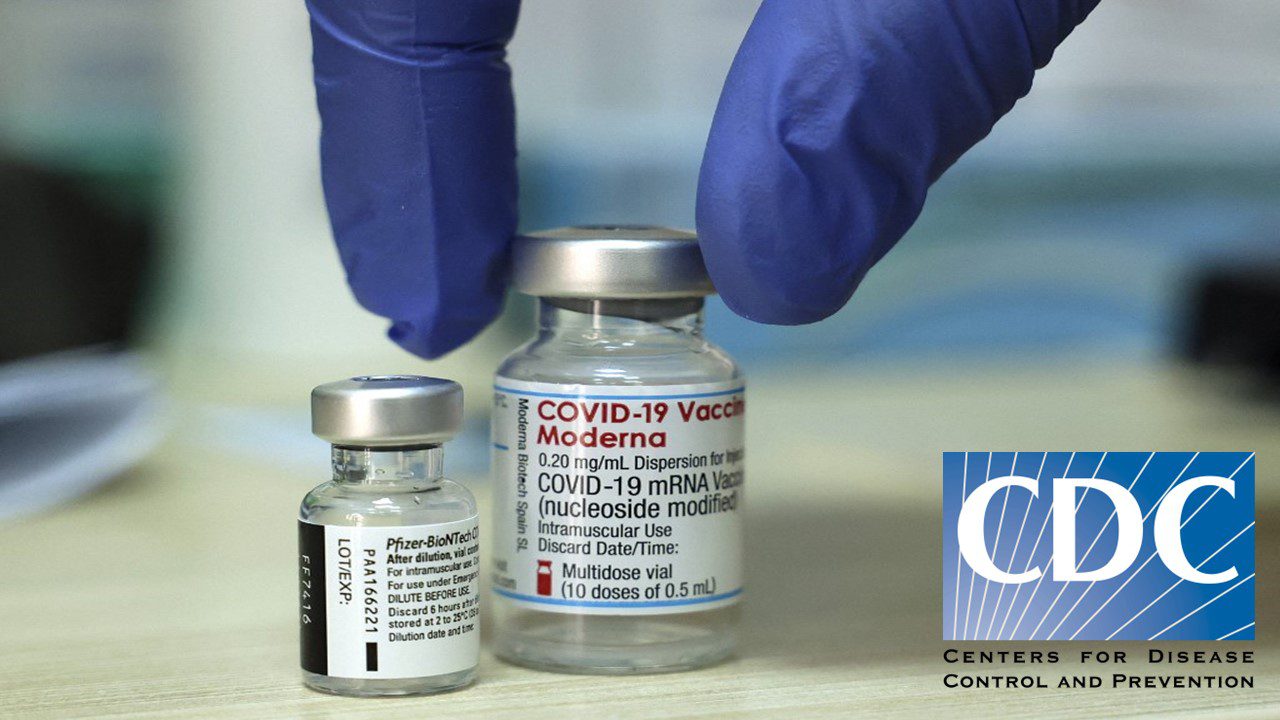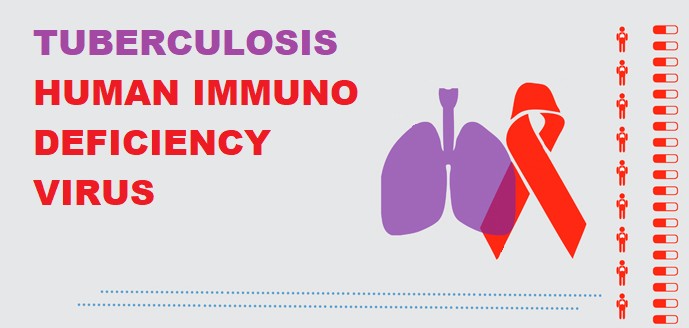As we go through April, the SARS-CoV-2 Omicron rebound is in full swing. Record numbers of cases have been reported in the United Kingdom, and the Chinese outbreaks have the nation holding its breath. Meanwhile, research continues into the longer-lasting effects of COVID infection at a regular pace. Experts also report that as the war in Ukraine progresses, the wave of COVID disinformation and the bots that have been peddling it have gone down. Regardless, it is clear that the pandemic remains relevant and worthy of attention – even though Western governments are doing their best to move on from it.
The Spring Rebound
China remains the centerpoint of the global pandemic after the outbreak that began in March – the city of Shanghai is now entering its third week of lockdowns. Public discontent is growing in the country, which still tries to cling to its zero COVID tolerance policy. Yet with only one “serious” case out of 130,000 recorded infections, Chinese citizens are openly questioning whether such a hard stance is warranted. With the extended lockdown in place, Shanghai residents are reporting severe food shortages as strains mount on distribution chains – including those for government drop-offs of vegetables, meat and eggs. Chinese state news agency Xinhua reaffirmed the government’s commitment to zero-COVID, although numerous compromises have already been made – with the policy now being termed “dynamic” zero-COVID.
China’s decision to persevere with its eradication strategy against COVID will have impacts at home and abroad – with supply chains expecting disruption and the country remaining closed to international travel. Cases in the United Kingdom also peaked again in March, with 1 in every 16 people infected in the month. Most cases were caused by the Omicron BA.2 variant, although some recombinant strains of ancestral Omicron and BA.2 were recorded. The findings from the REACT surveillance program prompt questions on the British government’s decision to end free testing and downscale monitoring of the virus. As with previous outbreaks, the pattern is expected to repeat itself in the USA – with BA.2 set to displace Omicron within the month.
Adjusting to Omicron
In news that further undermines the prudence of eradication strategies against Omicron, a new study published in the Lancet found a much lower probability of hospitalization when compared to delta. This is consistent with less involvement of the lower respiratory tract in infection with the variant, which the study also confirmed. The study is the latest to add to the growing literature that describes shorter duration of illness and different symptom profiles for the variant. The NHS also adjusted its own list of symptoms for the virus to reflect a broader collection of variants. However, experts caution that these findings are based on BA.1 and that anecdotal experiences with BA.2 warrant investigation. The new sub-variant has been reported to leave hospitalized patients in bed longer, as does the duration that people test positive for.
These may be some of the last survey results brought forward by Imperial College’s REACT study, as the British government has announced that funding for it will be discontinued. The study cost only 1% of similar Office of National Statistics programmes and the cessation of funding prompted surprise among its researchers as well as the public. The REACT study has been hailed as a gold standard of surveillance programmes worldwide. As Omicron continues to evolve and reach record levels of spread, with multiple new sub-variants in circulation, the decision to ax multiple related studies remains controversial.
Health Information Wars
The scientific community is advising Western governments that the abandonment of monitoring and policies to counter COVID may be coming too soon. But governments are not the only entities moving on. Reports from experts with online presence have indicated that the amount of disinformation and hate-mail that they would previously receive has significantly decreased. This could be largely driven due to the fact that other news dominates the scene at present – particularly with the war in Ukraine. However, some speculate that the malicious actors behind disinformation campaigns and the botnets employed to conduct them have been hit by the sanctions.
While Russia’s involvement cannot be proven by hard facts, it is hard to dismiss such involvement when the disinformation sphere is now heavily focused on Ukraine and influencers who previously spread misinformation on vaccines are now pledging support to Russia. The developments here are interesting, and will remain informative for handling further public health crises down the road. Trust in governments has proven to be positively correlated with vaccine uptake – and maintaining a proactive stance in education and awareness will be critical to ensuring positive responses for future disease control.
New Insights
The research community continues to make insightful findings on the nature of the virus and the disease it causes. The WHO recently retracted approval for the first Indian developed vaccine, Covaxin, due to irregularities in manufacturing. Covaxin was developed with mRNA technology from the WHO and was hailed as an example of attempts to solve vaccine inequity. The withdrawal will instead see continuing use of the AstraZeneca vaccine, Sputnik V, as well as Corbevax in children. Corbevax is a protein-based vaccine; protein vaccines rely on much more conventional and cost-efficient technology and are expected to bridge many gaps in delivering the jab to poorer countries as well as segments of the vaccine-hesitant populations.
In other news, the BMJ published a study that provides concrete proof for significant risk increases for thromboembolism after mild infection. Although the increased risk was recognized in severe cases, it was unknown whether it applied for cases with lower clinical severity. The study did find the risk higher in severe cases, and noted that risks for pulmonary embolism persisted longer than those for deep vein thrombosis. However, as mild disease accounts for a much larger segment of the population, even a small increase in thromboembolism can have wide-ranging clinical impact.
It is clear that policymaking is becoming more confusing as we seek to promote an approach to living with COVID. While China stubbornly clings to an approach oriented towards eradication, public support among Chinese citizens for the policy is beginning to show cracks. Western governments are haphazardly abandoning studies and approaches that have proven indispensable in monitoring the outbreak, and experts caution that vigilance must be maintained. Navigating the COVID landscape was never a simple affair – but the topic must remain within the public mind.
Nick Zoukas, Former Editor, PharmaFEATURES
Subscribe
to get our
LATEST NEWS
Related Posts

Infectious Diseases & Vaccinology
Rezzayo™’s Latest EU Approval for Invasive Candidiasis Breaks Ground in Antifungal Therapy
Rezafungin marks the initial addition to the treatment arsenal for patients grappling with invasive candidiasis in more than 15 years.

Infectious Diseases & Vaccinology
Unmasking the Shadow: CDC Battles the Latest Fungal Meningitis Outbreak in Matamoros, Mexico
CDC tackles fatal fungal meningitis outbreak linked to surgeries in Matamoros, Mexico.
Read More Articles
Synthetic Chemistry’s Potential in Deciphering Antimicrobial Peptides
The saga of antimicrobial peptides unfolds as a testament to scientific ingenuity and therapeutic resilience.












